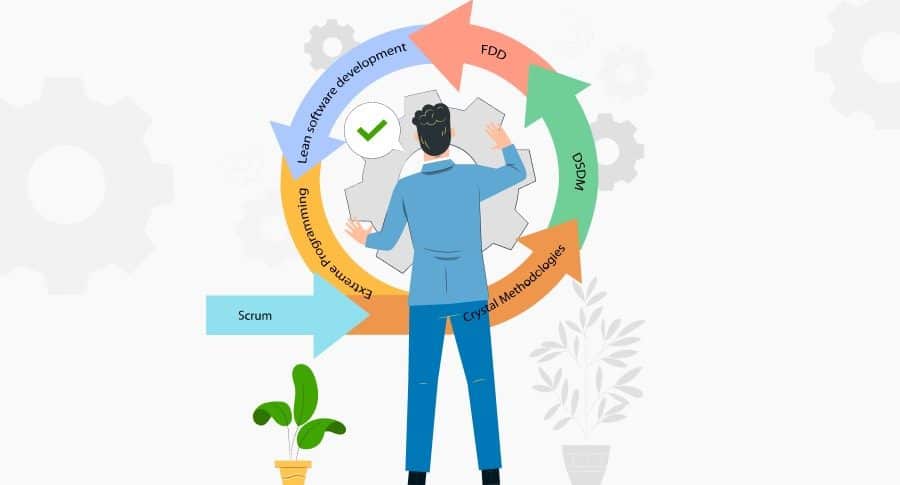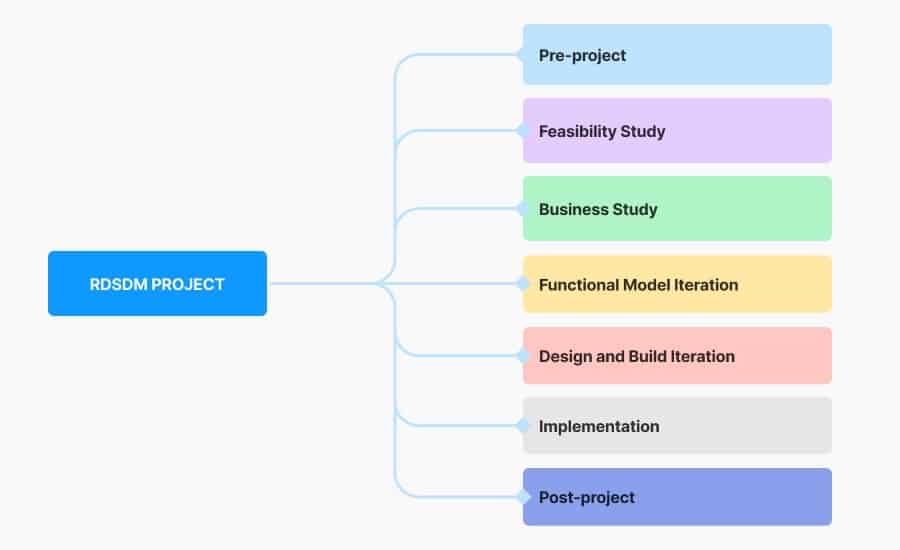Useful links
Get In Touch
 121 North Compass Way Dania Beach, Florida, 33004 (USA)
121 North Compass Way Dania Beach, Florida, 33004 (USA)
Useful links
Get In Touch
 121 North Compass Way Dania Beach, Florida, 33004 (USA)
121 North Compass Way Dania Beach, Florida, 33004 (USA)
Copyright ©2025. DEVtrust
Loading content...
Contact us for more information or to schedule a meeting with our experts

An agile methodology is an approach to designing and building the software in incremental and iterative techniques. The Agile method is a way much better approach to the waterfall model which overheads all the limitations of the waterfall model and allows the user with more features. This will allow every phase to have the testing process so that the errors are resolved at the beginning only.
In this approach, the agile process is broken into smaller pieces and will be combined after the complete designing and testing process.
Agile Methodology follows the following process:
Scrum: Scrum methodology mainly focuses on “How to manage the team-based development”. Agile and Scrum contain major three roles with the responsibilities explained as follows:
Moreover, the scrum follows the following process to execute:
Crystal Methodology: There are 3 main highlights of this:
Chartering: In this phase, there are different activities are involved i.e.,
Cyclic delivery: This is the main development phase which has 2 or 3 more delivery phases:
Wrap Up: The activities performed in this phase will be deployed into the user environment, and post-deployment reviews and reflections are performed.
 This is an approach that provides the software development and agile delivery framework. It will actively focus on the frequent delivery with DSDM.
This is an approach that provides the software development and agile delivery framework. It will actively focus on the frequent delivery with DSDM.
The techniques used in DSDM are
This will have various benefits which are listed and will provide the gist of it concerning the following: